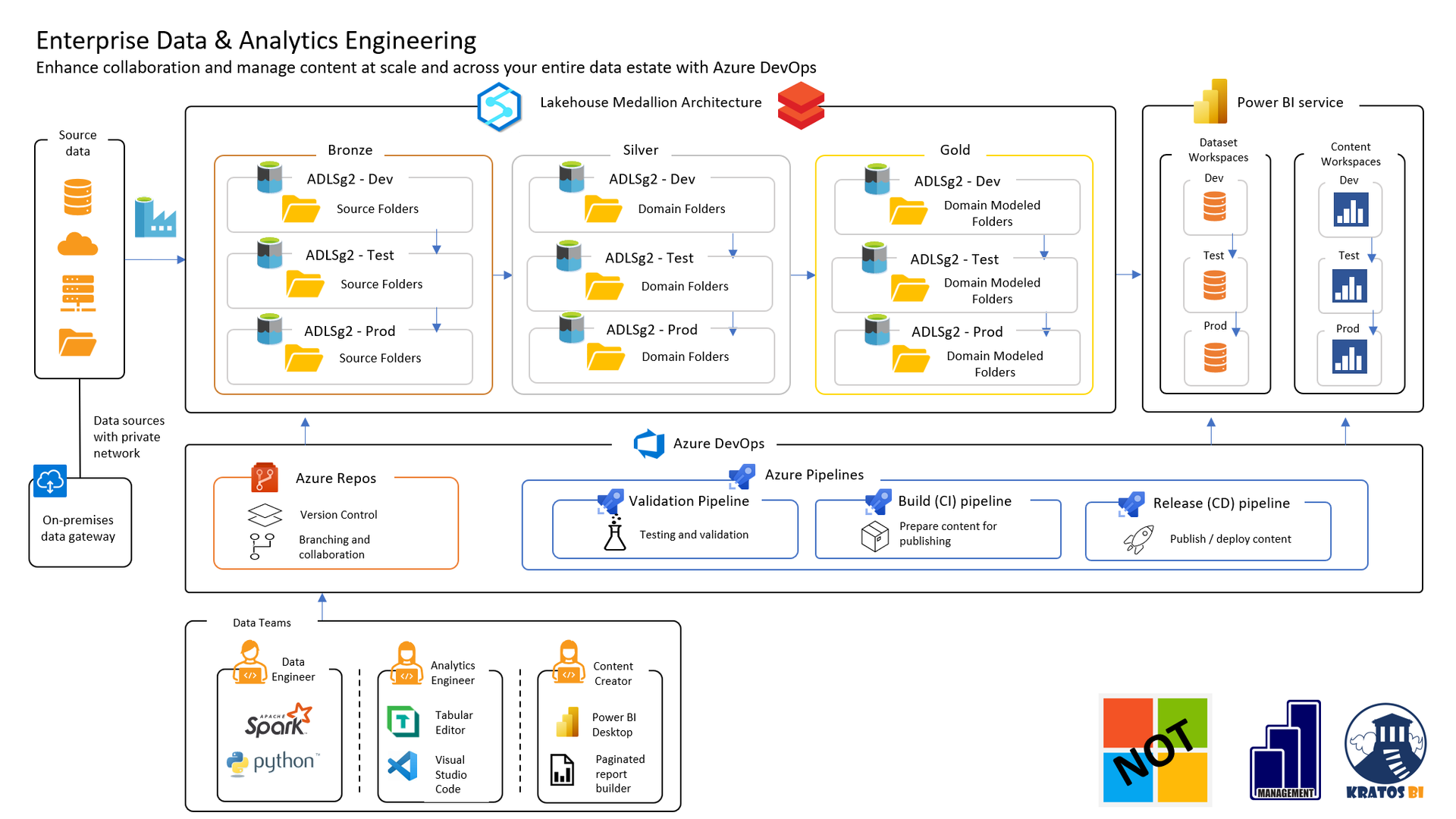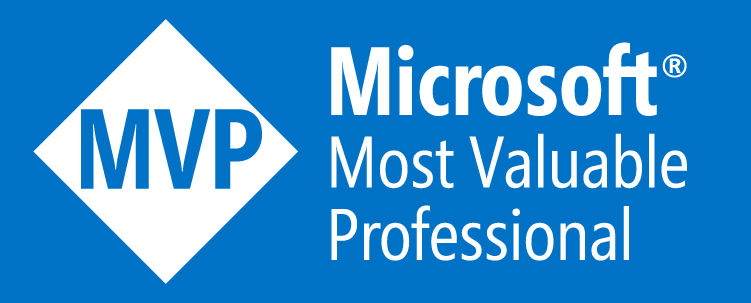Share
The Right Tool for the Job- the Power Platform
Self Service and Low-Code / No-Code Framework for Success

As the need for technology continues to grow and expand across organizations, access to tools that enable teams to meet their changing technical needs is critical. At the same time, access to highly skilled technical resources continues to be an increasing challenge for every organization. Enter the Power Platform.
Self-Service + Low Code / No Code
The Power Platform was designed as a Self-Service + Low Code / No Code solution to enable everyone to solve their own technical needs. The Power Platform allows companies to rapidly prototype solutions to meet small needs and quickly adjust to meet the team's needs.
Power - Power - Power - Power OR the Four P's of Self-Service

This article is a quick guide to the tools in the Power Platform. If you are looking for more details, check out Microsoft's online Overview of the Power Platform.
POWER BI - You can use Power BI to quickly build out interactive dashboards and reports and distribute them across your company. To get started in Power BI, go to app.powerbi.com, register for a free account, and download Power BI desktop. Proper introductory training for Power BI is available through the Microsoft Learn site. If you are looking for training in Power BI, check out Microsoft's Dashboard in a day training program offered at Microsoft and partner offices across the globe. Reference
POWER APPS - Power Apps allows you to create both web and mobile applications quickly. To get started in Power Apps, sign up for the Power Apps Community Plan , and get started building out your first application. Microsoft offers online training, and overviews are available at the Microsoft Learn site. Look for hands-on training is available at Microsoft's App In a Day Roadshow. Reference
POWER AUTOMATE - Power Automate is what moves everything within the Power Platform. Need to email? Power Automate. Need to write a record to SharePoint? Power Automate. Getting started with Power Automate is the same process as getting started with the Community Plan for Power Apps with hands-on training at the App In a Day Roadshow. Reference
POWER VIRTUAL AGENTS - The Power Virtual Agents is the newest addition to the Power Platform. Power Virtual Agents allows you to easily create chat-bots that you can use to provide your customers with real-time AI-powered support. Setting up a Virtual Agent is easy to do and can be online in a few hours. Reference
Foundation of Self-Service

The Power Platform has several shared services that tie each tool together.
DATA CONNECTORS - Data connectors are used to securely connect your application to various cloud resources, databases, external sites, and other applications. Need to connect to a database, email, SharePoint? Data connector. Jira, Trello, Facebook, Twitter? Data connector. Keep in mind; these connectors allow you to move data both ways. Reference
PORTALS - The portals inside Power Apps allow you to create a safe tunnel to share data stored in the Common Data Service between internal and external resources. If you need to share performance analytics with a client, a Power Apps Portal is potentially the right solution, check with your security team to confirm. Reference
AI BUILDER - The AI builder allows you to create basic data science projects without a Data Scientist and leverage this AI across the Power Platform. AI Builder will enable you to perform binary classification, text analytics, and image recognition. Reference
COMMON DATA SERVICE - The Common Data Service (CDS) allows you to store data to be used by Power BI, Power Apps, Power Automate, AI Builder, and Portals. Reference

CHRIS WAGNER, MBA MVP
Analytics Architect, Mentor, Leader, and Visionary




